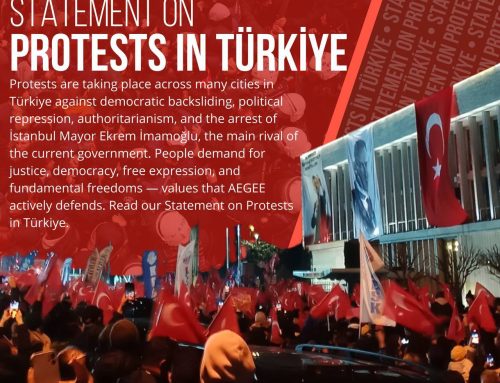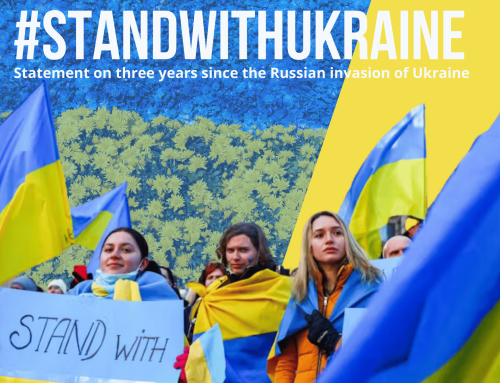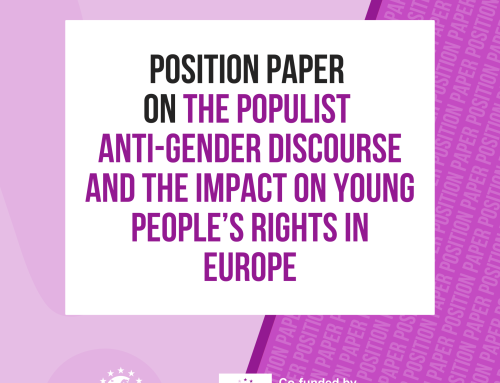The South Caucasus has historically been known to be a crossing point of trade roads from the Mediterranean to China and from the Baltic Sea to the Arab world. Because of its strategic position, moreover, the Caucasus was regularly the object of territorial conflicts between, inter alia, the Persian, Ottoman and Russian Empires.
In addition to the large diversity in languages and ethnicity the area also includes a variety of Christian as well as Islamic beliefs. Furthermore, the Caucasus has many natural resources, such as metals, minerals and coal.
The current and increasing interest of local, regional and global actors in the region is related, in particular, to the possible reserves of oil and natural gas in the Caspian Sea. After the collapse of the Soviet Union, slumbering ethnic sentiments were unleashed and developed into violent conflicts. Subsequently, weak state structures and tense relations between ethic groups have caused instability, political disagreement, conflicts and economic decline. Furthermore, in addition to local reasons for conflict, the political-strategic and economic importance of the South Caucasus has been ground for (attempts at) involvement in this area by states and organizations, such as Iran, Turkey, Russia, the USA, NATO and the EU.
It is well known that the South Caucasus represents one of the most diverse and conflict-ridden regions in the world. It includes the three former Soviet states Armenia, Azerbaijan and Georgia, as well as numerous ethnic minorities and small nations within these states. All three states since 2008 are included in the EU’s Eastern Partnership Program and are willing to be integrated into the big European family.
The Eastern Partnership is a welcome step towards a more robust integration of the East European and South Caucasian states with the EU. There has been a lot of enthusiasm about the launching of the Eastern Partnership (EaP) policy. The idea behind the initial Polish-Swedish proposal on the Eastern Partnership Initiative was to substantially improve the existing EU foreign policy mechanisms directed at the EU’s eastern neighbors. The Eastern Partnership contains significant potential but much will depend on how Europe treats this policy. In other words, the main problem still lies in the EU itself, i.e. how much it is really willing to integrate its eastern neighbors.
The success of the development of democratic and market-oriented reform in the frame of the Eastern Partnership is the strong involvement of the civil society in each of the participating countries. On the example of the South Caucasian states that development of civil society gets new importance and significance because of some institutional and structural problems of public and state administration, as well as because of the so called regional “frozen” conflicts, which may explode suddenly (like in August of 2008), at any moment and every day. The existing conflicts in Abkhazia, Nagorno-Karabakh and South Ossetia also have great impact on whole European integration of Armenia, Azerbaijan and Georgia, as in some case these states are mostly concentrated on the solutions of their internal problems and conflicts and not on the other international processes, as the Eastern Partnership is.
If we make a comprehended analysis of existing problems, it becomes obvious, that conflicts in South Caucasus have got their development during whole last century and most of present day problems are results of not so well-grounded and finally failed internal policy of the Soviet Union. After the collapse of the Soviet Empire, the states of Caucasian region got independence and bloody wars broke out in the region which is full of controversial approaches and positions.
So, on the example of Nagorno-Karabakh, during the beginnings of 1990s’ Armenia, Azerbaijan and people of Nagorno-Karabakh have had lot victims and casualties, most of the norms of international law and international humanitarian law have been violated.
Already 18 years have passed since the time when Armenia, Nagorno-Karabakh Republic and Azerbaijan have signed the Bishkek Protocol on Ceasefire and have agreed to solve all existing problems only by the help of diplomacy and according to the generally accepted principles of international law. Since 1992, after the collapse of the Soviet Empire, the Organization for Security and Cooperation in Europe has take the initiative for resolution of the existing conflict and is acting through the OSCE Minsk Group. Each year the OSCE Minsk Group, which consists of the Russian Federation, USA and France, is the mediation group and is responsible for peacemaking process, organizes a lot formal and informal meetings of the heads of three conflicting parties, but so far they have not got any positive results. Anyway, conflicting parties highly appreciate all efforts of the international community and have stated for many times that are ready to negotiate and find joint solution to the conflict on the basis of the internationally accepted and recognized norms of the international law.
Simultaneously, there are two more conflicts in the region, which in many cases slow down the entire development of the whole region. Evidently, the Eastern Partnership program’s main goal is the formation of the stable political regimes that would be loyal to the EU, depend on that community and share the European democratic values and not conflict resolution in general.
In this regard one of the biggest problems of the enthusiastic project may be the Russian Federation. We may state that August 2008 military conflict between Russia and Georgia made the European leaders to act as soon as it is possible. The EU regarded Russia’s drastic measures to protect South Ossetia as an evidence of Russia’s claims on leadership in the former Soviet Union. The Russian Federation has very strong and well established positions especially in Armenia, and after the end of the August war it is trying to protect its vital and exclusive (today only in Russian opinion) interests in the Caucasian region.
If the analyze the program, it says nothing about the military and political cooperation which would be an open challenge to Russia in the security sphere. Therefore for the latter it would be difficult to oppose the new initiative. But the ‘Eastern Partnership’ can be regarded as an alternative to Russia’s integration projects in the former Soviet Union. In fact, the EU tries to build partner relations even with such traditional Russia’s allies as Armenia.
In case of AEGEE, we may state that the Conflict Resolution Pillar of Eastern Partnership Project of AEGEE, which exists from the very first day of the establishment of the whole project, could be fairly considered as one of the most complicated, but simultaneously as one of the most important pillars of whole EaP Project. The thing is that as it has been stated above in reality the Eastern Partnership Program of the EU does not envisage any actions, which may be aimed to the resolution of the existing conflicts in the EaP region. But here in AEGEE and particularly in EaP Project we truly believe that the existing conflicts could be a big obstacle for the civil societies, and particularly for the youths of the EaP member states, to develop cooperation in other spheres of life. So, the EaP Project Team has an aim to overcome the consequences of the existing conflicts, to establish civil dialogue between the youths of the conflicting EaP member states and to develop and promote peace and stability in the EaP region.
by Armenak Minasyants, Eastern Partnership project team member, President of AEGEE-Yerevan and Speaker of International Politics Working Group




